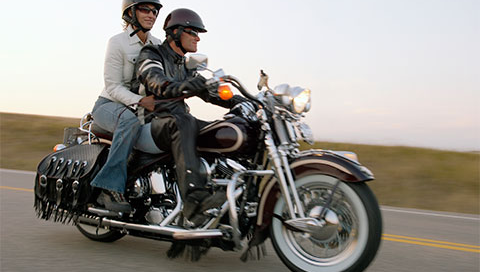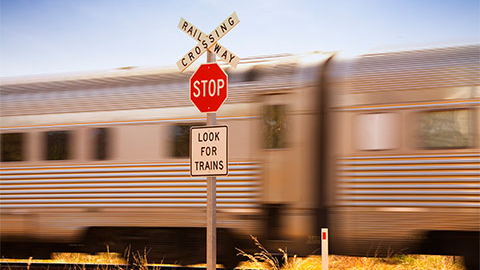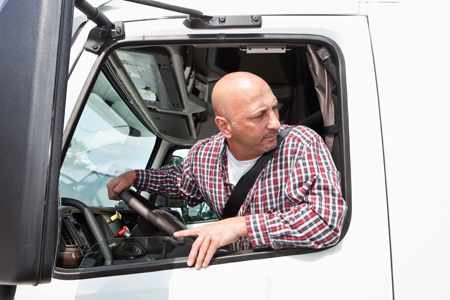Sharing the Road with Motorcycles


Motorcycles are small and maneuver differently than cars and trucks, which can make them difficult to see and to judge their distance and speed.
These dynamics put motorcyclists at greater risk of being involved in crashes. Also, per vehicle mile traveled, motorcyclists are about 27 times more likely than passenger car occupants to die in traffic crashes, according to the National Highway Traffic Safety Administration. Each year, about five thousand motorcyclists are killed and more than 80,000 are injured in motor vehicle crashes.1
The National Highway Traffic Safety Administration highlights these tips to help drivers share the road safely with motorcycles:
- Always signal your intentions before changing lanes or merging with traffic. This allows motorcyclists to anticipate your movement and find a safe lane position.
- Motorcyclists can be easily hidden in a vehicle’s blind spot. Always look for motorcycles by checking your mirrors and blind spots before switching lanes.
- If you are turning at an intersection, and your view of oncoming traffic is obstructed, wait until you can see around the obstruction, sufficiently scan for all roadway users (pedestrians, bicyclists, and motorcyclists alike), and proceed with caution.
- Increase your distance when following a motorcycle. A motorcycle’s brake light will not illuminate if the rider is downshifting to slow down. Motorcycle riders may also need to abruptly change speed or adjust lane position to avoid hazards such as potholes, gravel, wet or slippery surfaces, pavement seams, railroad crossings, and grooved pavement.
- Allow a motorcyclist the full lane width. Though it may seem as if there is space in a single lane for a motor vehicle and a motorcycle, looks can be deceiving. Share the road and give them their lane.
- Do not be fooled by a motorcycle’s flashing turn signal. It may not be self-canceling and the motorcyclist may have forgotten to turn it off. Wait to be sure the rider is going to turn before you proceed.
Source:
Additional source:
https://www.trafficsafetymarketing.gov/get-materials/motorcycle-safety/share-road




